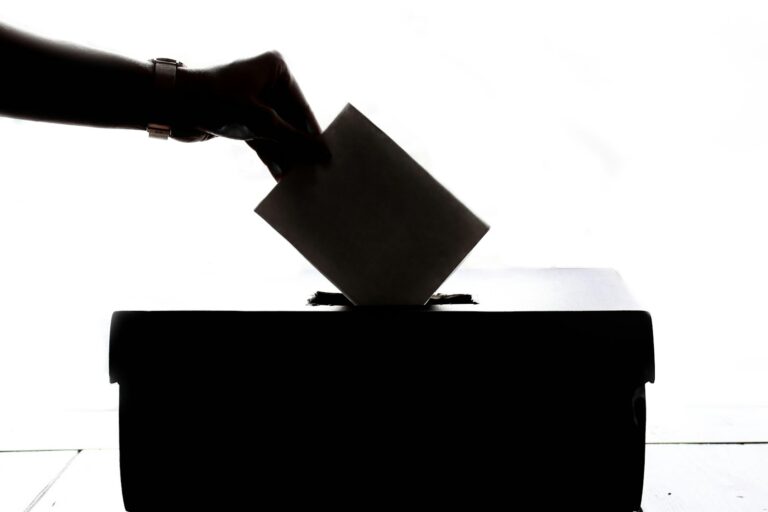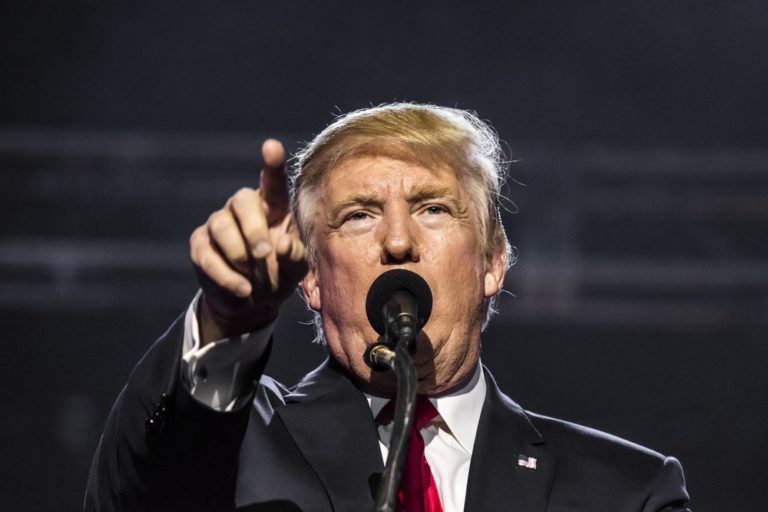Introduction: Senator Lindsey Graham has proposed a 500% tariff on countries buying Russian energy, aiming to weaken Russia. However, experts warn this could backfire, harming the U.S. economy and relations with key trade partners.
Key Takeaways:
- Graham’s plan targets Russian energy exports with steep tariffs.
- Experts fear it could damage U.S. trade relationships and economy.
- Potential carveouts might protect some allies but risks remain.
The Tariff Plan Explained Senator Lindsey Graham’s proposal aims to penalize countries purchasing Russian energy, imposing a 500% tariff. This drastic measure seeks to economically isolate Russia, particularly targeting its energy sector, which is crucial for its economy. However, this plan is controversial, with many concerned about its impact on global trade and the U.S. economy.
Potential Economic Impact Critics argue that such high tariffs could lead to significant economic repercussions. Countries like India and China, major buyers of Russian energy, might face severe trade penalties, disrupting global markets. Additionally, the U.S. reliance on Russian uranium for nuclear reactors could complicate domestic energy policies, risking higher energy costs and supply issues.
Challenges for U.S. Businesses American companies depend on imports from these countries, which could become pricier due to tariffs, affecting consumers. This could lead to inflation and reduced competitiveness for U.S. firms in the global market. Experts warn this might hurt American jobs and economic growth.
Expert Concerns Energy experts and analysts are skeptical of Graham’s plan. They argue that a 500% tariff is unrealistic and could strain relationships with vital trading partners. Instead of weakening Russia, it might push countries toward other trade alliances, undermining U.S. influence.
The Carveout Compromise Graham has suggested exemptions for countries aiding Ukraine, aiming to protect allies like those in the EU. However, this doesn’t solve all problems, as many nations reliant on Russian energy would still face tariffs, causing diplomatic tensions.
Passage Challenges The bill’s passage is uncertain, facing opposition from various groups. Lawmakers are concerned about its economic and diplomatic ramifications, making it a tough sell in Congress.
Conclusion While Graham’s intent is to weaken Russia, the potential consequences for the U.S. economy and global relations are significant. As the proposal advances, its feasibility and impact will be closely watched. The outcome remains uncertain, with the world waiting to see if this plan will gain traction or fall flat.










